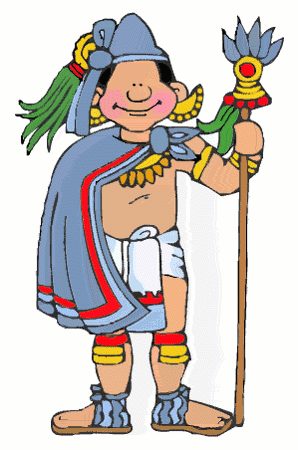 The Aztecs were the dominant civilization in Mexico for several hundred years, when their “reign” was stopped by the Spanish in the early 1500s. An astonishing thing about them (among others) is the fact that they left behind really extensive mathematical writings, intriguing scholars ’til this day.
The Aztecs were the dominant civilization in Mexico for several hundred years, when their “reign” was stopped by the Spanish in the early 1500s. An astonishing thing about them (among others) is the fact that they left behind really extensive mathematical writings, intriguing scholars ’til this day.
Two manuscripts in particular have been object to study because they portray land holdings in the Valley of Mexico along with their measurements, using the Aztec numbering system, for purposes of taxation. But now, a mathematician and a geographer have zeroed in on just what methods Aztecs used to measure field surfaces in one of these documents, the Codex Vergara.
The Aztec number system has been deciphred long ago; it is a vigesimal system (using 20 as its base) as opposed to our decimal system. They use dot for 1, a bar for 5, and other symbols for 20 and multiples of 20. The Codex Vergara, painted about 1540, contains schematic drawings and measurements of individual fields. Previous analysis has revealed the fact that they have knowledge of multiplication, division and they even had some principles of geometry.
In a paper that will be published tomorrow in Science the authors show that Aztec surveyors probably used several types of algorithms to calculate area. Some parcels involved simply multiplying length by width. But in other, irregular four-sided lots, they had to come up with different approaches, such as multiplying the average of two opposite sides by an adjacent side. As far as the research shows, they did the math pretty well…especially when it came to taxation!


